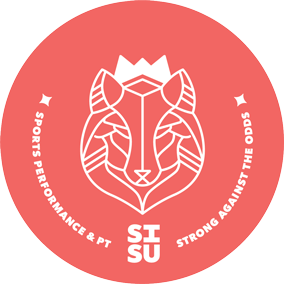When a young athlete begins experiencing lower back pain, it becomes important for those around that athlete to consider “why.” Lower back pain in youth, while not uncommon, is not something we want to ignore. Understanding the difference between a young person and an adult is key to managing youth back pain.
-
The first thing to consider when treating a young athlete is that typically speaking, they have not developed any preconceived ideas about the nature of their pain. What this means, is that they haven’t had previous experiences with their back pain, in order to dictate their outcome. And this is where I insert some basic pain education. Our experiences and our beliefs, drive our pain responses. That being said, youth often present in the most true form of a pain/injury as they have not set up those learned experiences to drive their pain response. So, it is KEY that when treating youth with lower back pain, we become aware that this is setting the stage for their future. And they can go 1 of two ways: 1) down a further medicalized path of selling sickness or 2) down the path towards hope and recovery. YOU significantly influence which path they take.
-
The second thing to consider is that youth have much softer bone. What this means, is that it is much easier for kids to have a bony injury to their back than say, their parents. There are a few things to watch for, but the most important finding that might indicate a bony injury (spondylolysis) would be pain with trunk extension. Typically though, it’s not as simple as that, but it’s an important start. I have heard several physicians say “if they have pain with extension, it’s spondy until proven otherwise.” While that statement might be relatively aggressive in its assumption, and leaves little to the clinical reasoning and diagnosis skills of a practitioner on the individual athlete, to a certain extent I would have to agree. In working with young athletes, our number one goal should be PREVENTION PREVENTION PREVENTION! Pain with lumbar extension is indicative of spondy in youth athletes, and if we ignore it, we’re doing these young patients a huge disservice in the longevity of their athletic career. In particular, if a spondy goes untreated, it can lead to a spondylolisthesis and that, my friends, is why we presume spondy until proven otherwise. So, what to do if you have a youth athlete with pain during lumbar extension? Refer them to their physician for evaluation. Literature shows that history ALONE is not enough to diagnose a spondy, so often times, they will need images. Refer.
-
The third thing to consider when treating a young athlete with lower back pain, is that YOU have more influence than you realize. Kids care about what you have to say, they inherently respect the knowledge you have, and they BELIEVE what you tell them. So, take your “powers” and use them for good. Share with that kid what they are doing well and show them how amazing their body is, and then show them how to make it even better through strength, stability, proprioception, and motor control. I can almost guarantee your outcomes with those patients will be faster, more effective, and more cost efficient with this one simple technique: positive feedback.
Cheers,
Dr. Ellie Somers, Physical Therapist
Have questions about managing pain? Schedule an appointment today!






